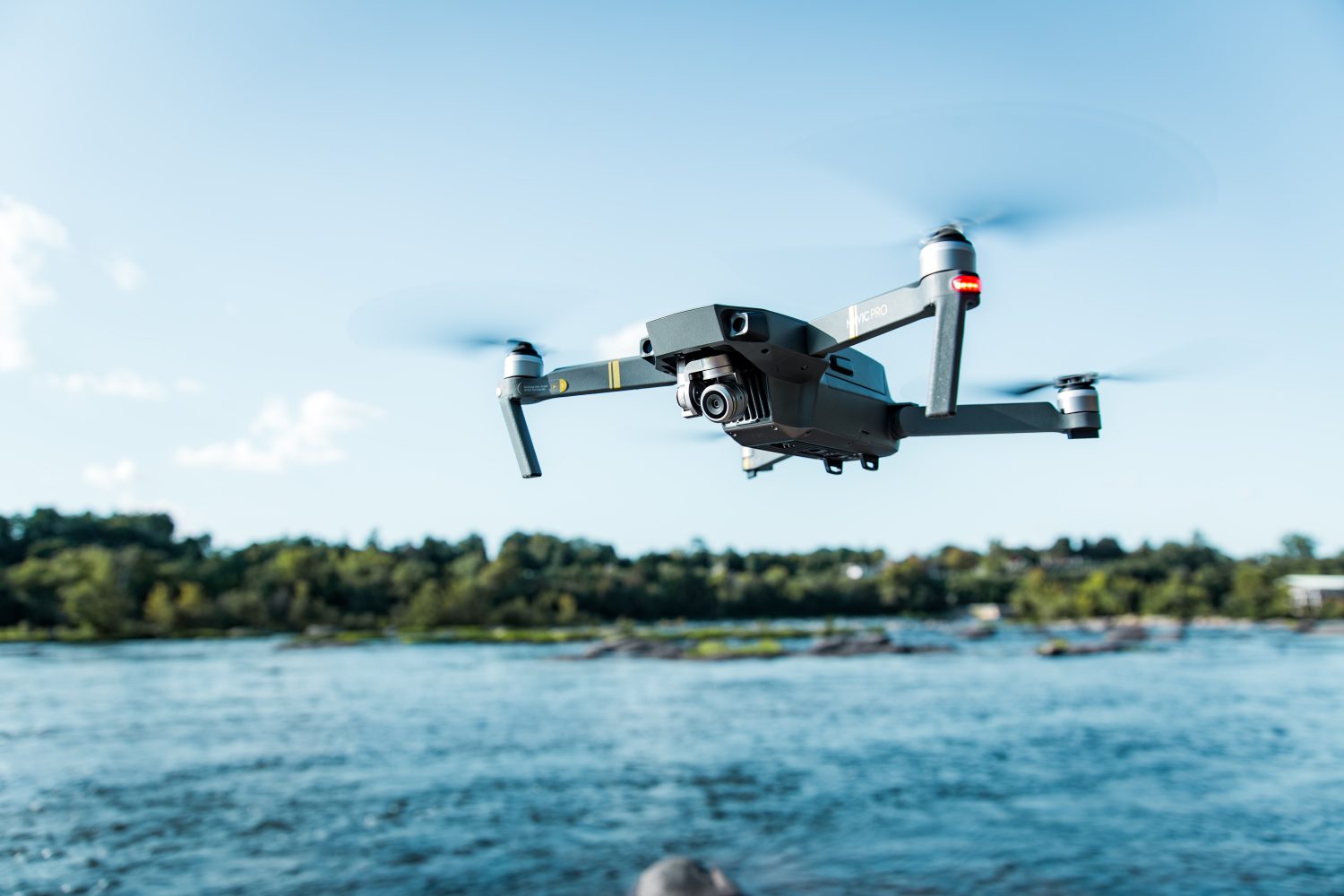
A new law in Illinois gives police the authority to deploy drones in expanded scenarios – for notably monitoring crowds during large public events – but prevents law enforcement from using any facial recognition tech during aerial operations, apart from critical situations like potential terror plotting.
Illinois governor JB Pritzker signed bill HB 3902 into law over the weekend, immediately broadening police drone authorization for a range of activities – including keeping watch of crowds during parades, marches, and other large public gatherings. Concerns over privacy and civil liberty rights, however, led to the statute’s ban on facial recognition use in those missions, or surveillance of political or protest marches protected by the First Amendment.
Moves to pass the new law began in reaction to last summer’s deadly July 4 mass shooting in the Chicago suburb of Highland Park – just one of growing, increasingly regular acts of multi-victim gun violence in the US.
Read: Las Vegas sheriff plans drone fleet as immediate responders to gun violence
The logic behind it is that by giving law enforcement the freedom to monitor large public gatherings using drones, police will be capable of identifying potential shooters before they can act, or be able to localize and stop them if they begin firing first.
“As we enter parade and festival season, it’s more pertinent than ever that law enforcement are equipped with the most modern tools and training to keep communities safe,” said State Senator Julie Morrison, who backed the initiative. “It’s simple: drones will save lives. We can’t let another community feel the sheer terror and heartbreak that Highland Park still feels a year later. Today we’ve taken a positive and commonsense step toward a safer Illinois.”
Despite its newness on Illinois books, the Drones as First Responders Act is essentially a tweak to the Freedom from Drone Surveillance Act of 2014.
Both permit police to fly UAVs in a range of public service activities, including live shooter situations, response to emergencies, missing person searches, filming or reconstruction of traffic accidents, and even certain infrastructure inspection work.
Also allowed in the older and newer texts is police use of drones in critical situations to counter known terror threats by individuals or groups, or prevent what they believe is a risk of imminent violence.
The big difference between the two is the authorized use of UAVs for safety surveillance of large gatherings of people, while also explicitly prohibiting facial recognition tech – including ground-based systems capable of using images gathered from the sky to identify people.
The new Illinois law also prohibits something that’s becoming a growing concern for officials as redeployment of consumer UAV for military missions proliferate from Ukraine: the loading of lethal or non-deadly weapons aboard police drones, a ban that, as in many states, applies to any aerial vehicle.
Read: Leaked police chopper videos inspire wary gazes at drones
The statute also set limits on the time police can retain video and other information gathered from on high before footage must be deleted.
Image: Karl Greif/Unsplash
FTC: We use income earning auto affiliate links. More.




Comments